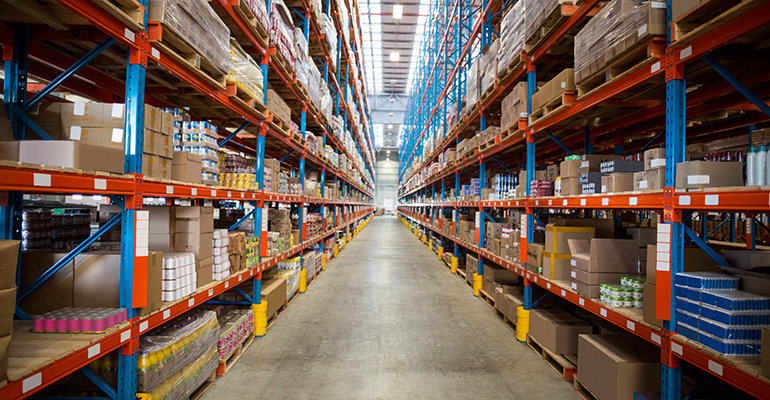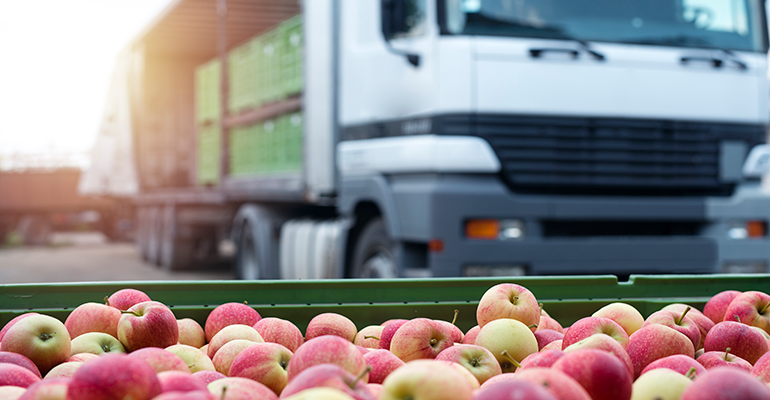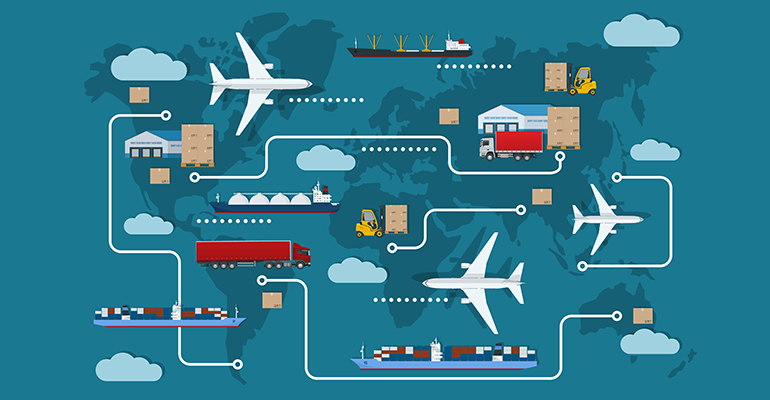News
Dalhousie University research backs enhanced digital traceability
24 Jan 2024Scientists have revealed the important role of enhanced digital traceability in providing transparency and accountability in global food systems.
Enhanced traceability is a vital component expected to steer future food supply chains, according to a study by researchers at the Agri-Food Analytics Lab at Dalhousie University. Global food systems will, therefore, need to bolster efforts to strengthen supply chain traceability.

In their 2023 research paper, which is currently under review, Dr Sylvain Charlebois and Noor Latif explore digital traceability in agrifood supply chains, conducting a comparative analysis of member countries belonging to the intergovernmental Organisation for Economic Co-operation and Development (OECD).
A key objective of this research was to analyse how government regulations impact the adoption and integration of digital traceability systems within the agrifood industry.
Glaring gaps in food supply
Amid supply chain disruption and economic instability, today’s consumers are increasingly concerned about their foods’ origins, prompting them to demand greater transparency and accountability from manufacturers and the wider industry.
“Recent disruptions, such as the Covid-19 pandemic and climate change-related events, have exposed vulnerabilities in global supply chains,” Charlebois, professor and director of the Agri-Food Analytics Lab, told Ingredients Network.
“The future supply chain needs to be more resilient and adaptable to unforeseen challenges,” he said.
Strengthening global supply chains entails diversifying sourcing locations, producing redundancy in the supply network, and investing in predictive analytics to anticipate and mitigate disruptions, Charlebois added.
Legal support varies
The study, which the World Bank sponsored, sought to examine traceability regulations, information dissemination, stakeholder collaboration, and regulatory frameworks revolving around agrifood products.
Analysing OECD member countries, the research explored how national regulations influence digital traceability. The European Union (EU) is considered the leading market for traceability in food systems, producing a comprehensive overall traceability framework and thorough regulations.
From their analysis, the researchers pinpoint the strength of the EU’s approach to upholding food product integrity and providing consumer assurance. The EU’s model enables transparency and accountability throughout the agrifood supply chain through its accurate implementation and ongoing monitoring.
Traceability developments are under way in the US and Canada. Livestock movement traceability is a core area of focus in Canada, enabling the country to track cattle along the food chain. Rigorous rules for ear tags and Food and Drug Administration (FDA) registration have also progressed the digital traceability of food in the US.
 © iStock/Smederevac
© iStock/Smederevac
Australia uses traceability to ensure its domestically produced and imported foods meet stringent requirements. The country has adopted a National Livestock Identification System database and adherence to the Standard Australia New Zealand Food Standards Code – Standard 1.2.1.
Japan and New Zealand, however, have not reached the same levels of digital traceability, despite, in the latter’s case, adopting traceability laws and supportive initiatives such as the Edomae Fish Passport Fair.
Chile and Colombia are struggling with enhancing their digital traceability, the researchers noted, with the adoption of technology limited to certain food sectors. Meanwhile, Costa Rica lacks sufficient data, preventing an accurate understanding of the country’s digital traceability advancement.
Real-time communication with consumers
The ability to communicate real-time data to consumers is an area within traceability that is attracting more attention, including various advanced tracking technologies, such as blockchain, radio frequency identification (RFID), and Internet of Things (IoT) sensors.
The industry is now turning to food and beverage supply chains to implement these technologies to provide real-time information about the journey of food products from farm to table. “This will help build trust and ensure safety in the supply chain,” said Charlebois.
“Automation and digitalisation are revolutionising supply chains,” he noted.
Manufacturing environments are implementing artificial intelligence (AI), machine learning, and robotics to optimise inventory management, predict demand more accurately, and automate routine tasks.
“This leads to efficiency gains and cost reductions,” added Charlebois.
Securing the future of food and the planet
Sustainability is also a prominent driver of change in food supply chains.
“Consumers are increasingly environmentally conscious, and regulatory pressures are mounting,” added Charlebois.
 © iStock/GoldenSikorka
© iStock/GoldenSikorka
As a result, global food systems are seeing supply chains evolving in an effort to reduce their carbon footprint. Supply chains are adopting sustainable practices such as lowering food waste, optimising transportation routes, and embracing eco-friendly packaging materials to support their environmental pledges.
As we look for ways to secure food amid growing population and sustainability requirements, we can anticipate the future of supply chains to become more consumer-centric.
“Customisation, personalisation, and on-demand production will become more prevalent as supply chains strive to meet individual consumer preferences,” said Charlebois. “This entails agile production and distribution systems.”
With the current under-review study, the researchers seek to develop a comprehensive analytical framework for categorising and assessing OECD member countries, based on their specific adoptions of digital traceability, and to facilitate cross‑country comparisons.
Their aim is to provide recommendations and insights for policymakers and businesses in the agrifood supply chain to effectively understand and utilise digital traceability systems, while being aware of their current obstacles.